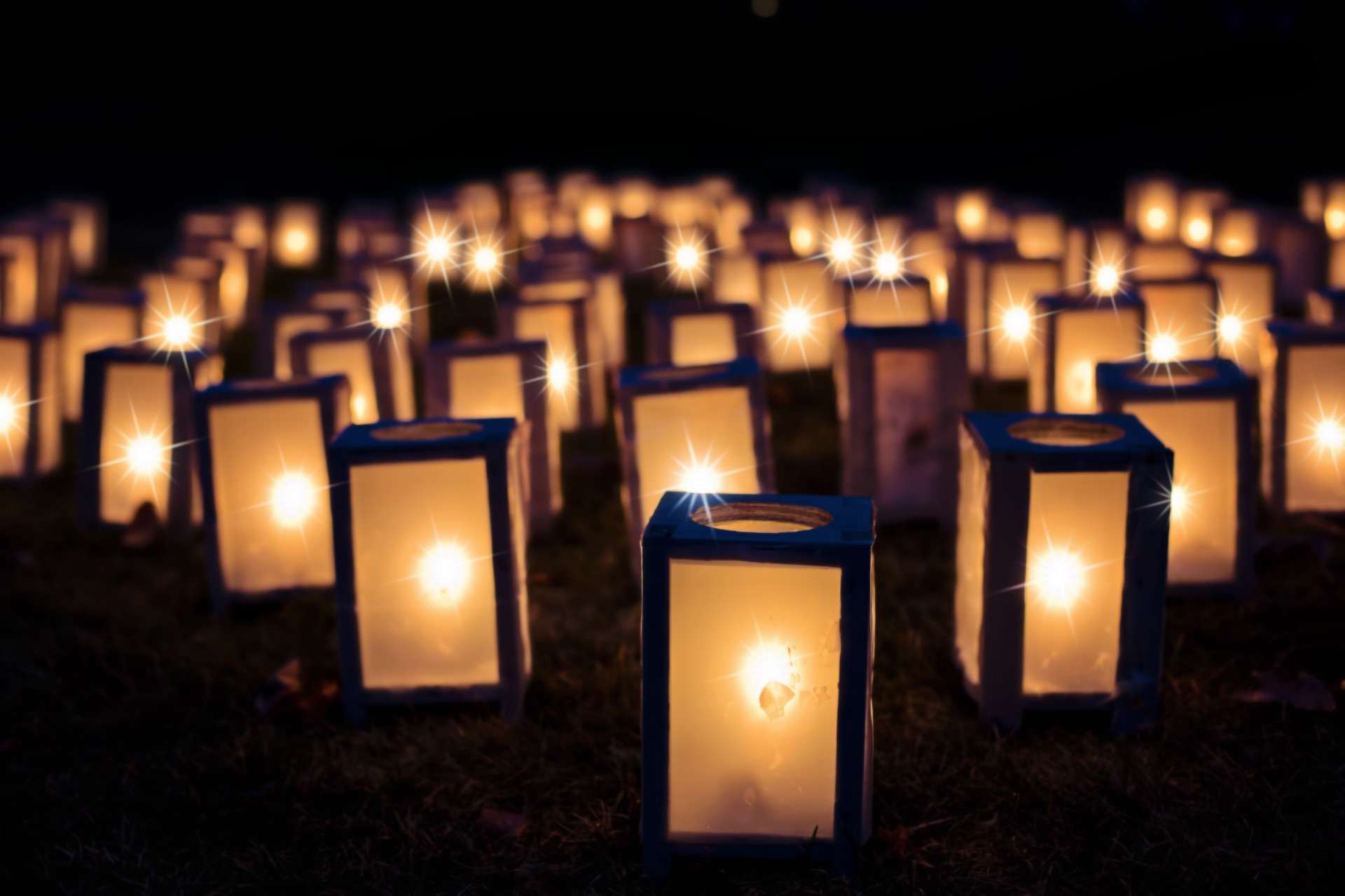Understanding the meaning and origin of Yule
Yule or the winter solstice is the shortest day of the year and Pagans celebrate it around the same time as Christmas. In fact, Yule is the precursor to Christmas. When Christianity was being spread throughout Europe, many of the same symbols and traditions were assimilated into Christianity as a means to ease the recently converted Pagans into the faith.
So if we share similar traditions and symbols, what do they mean? Where did these familiar holiday decorations come from? I started thinking about this, as the Yule season is upon us and it is time to start planning the holiday and the ritual. We celebrate the holiday in many of the same ways as Christmas is celebrated. We give gifts, prepare a special meal and get together with loved ones.
An important part of the celebration is the ritual, which is where and how Pagans do spiritual work and our magic. Each ritual has a specific purpose and Yule is no exception. Ravenna (a Wiccan) wrote the ritual I chose this year and I found it on her website (angelfire.com/wa3/angelline/yule_solitary_ritual.htm).

The ritual acknowledges the darkness of winter, the dying of the Sun and his rebirth as the days get longer. It gives thanks to the Mother for our continued survival, protection and prosperity. The days are cold and dark, but we still have much to celebrate. We have enough food to sustain us. We have friends and loved ones to warm our homes and hearts. We know each day brings warmth, sunlight and growth back to us again. We have survived.
As I chose and prepared for the ritual, I pondered the meanings of these familiar symbols. Part of the joy of Yule is decorating in preparation of the ritual and the season’s festivities. Chances are most of us have fond memories of decorating a tree, lighting candles, and hanging mistletoe.
According to the Sacred Earth Journeys blog, these decorations have a Pagan origin. Pagans also decorated evergreen trees, but not because they liked the piney scent in their home. Evergreens were special because their colour never faded, and Pagans brought them indoors to symbolically protect life from the cold of winter. As for the tradition of kissing a sweetheart under the mistletoe? Pagans hung mistletoe to promote fertility in the coming year. Candles were more than just sources of light. They represent the light of the Sun and Pagans lit them to celebrate his return as the days grow longer. And a wreath on the door represents the circle of life, and the knowledge that winter will end.
No matter how you choose to celebrate or what you choose the call the holiday, the meanings are universal: peace, light, love, and health to everyone. May those same blessings come to all of you.
Header image: Christmas has many Pagan symbols. | Pixabay







